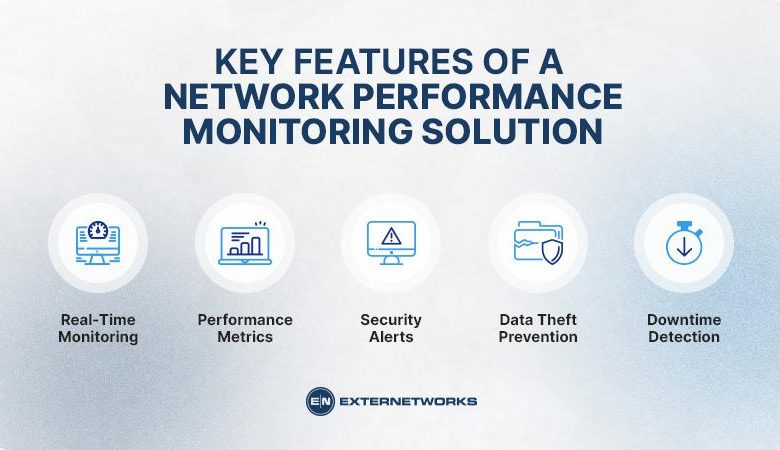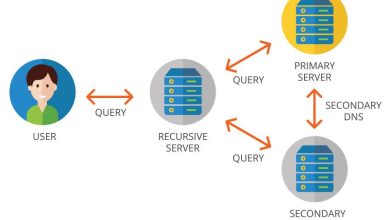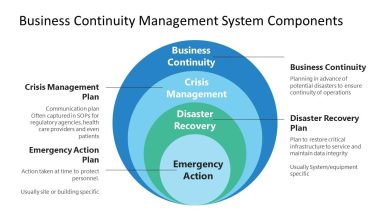How to Test and Measure Your Network’s Performance

How to Test and Measure Your Network’s Performance
In today’s digital age, a fast and reliable network is no longer a luxury – it’s a necessity. Whether you’re working from home, streaming your favorite shows, or simply browsing the web, a sluggish network can be incredibly frustrating. But how do you determine if your network is performing optimally? That’s where network performance testing and measurement come in. This comprehensive guide will walk you thru the process, providing you with the knowledge and tools you need to assess and optimize your network’s performance.
Understanding Key Network Performance Metrics
Before diving into testing methods, it’s crucial to understand the key performance indicators (KPIs) that define your network’s health. Here’s a breakdown of the most crucial metrics:
- Bandwidth: Frequently enough referred to as “internet speed,” bandwidth measures the maximum amount of data that can be transmitted over your network connection in a given time (typically measured in megabits per second - Mbps or gigabits per second – Gbps).
- Throughput: This metric represents the actual amount of data successfully transferred during a specific period. It’s often lower than bandwidth due to factors like network congestion and overhead. The higher the throughput value, the better your effective data transfer rate.
- Latency: Also known as “ping,” latency measures the time it takes for a data packet to travel from its source to its destination and back. Lower latency is crucial for real-time applications like video conferencing and online gaming. Measured in milliseconds (ms).
- Packet Loss: This occurs when data packets fail to reach their destination. High packet loss can result in slow loading times, interrupted streams, and poor call quality. Measured as a percentage.
- Jitter: Jitter refers to the variation in latency over time. Consistent latency is critically important for smooth streaming and clear voice calls. High jitter can manifest as audio stuttering or video buffering.
Popular Network Performance Testing Tools
Now that you understand the key metrics, let’s explore some popular tools used to test and measure network performance.These tools can provide valuable insights into your network’s capabilities and identify potential bottlenecks.
- Speedtest by Ookla: One of the most widely used tools, Speedtest provides a quick and easy way to measure your download and upload speeds, latency, and jitter.It’s available as a web-based tool and a mobile app.
- Fast.com: Powered by Netflix, Fast.com is a simple, no-frills speed test that focuses primarily on download speed – crucial for streaming content.
- PingPlotter: This tool is excellent for troubleshooting network issues. It performs traceroutes and continuously monitors latency and packet loss to multiple destinations, helping you pinpoint the source of problems.
- iPerf: A command-line tool favored by network professionals, iPerf allows for highly customizable network performance testing, including bandwidth, latency, and jitter measurements.
- SolarWinds Network Performance Monitor: A robust commercial solution designed for enterprise networks. it provides comprehensive monitoring,analysis,and reporting features for network performance.
Step-by-Step Guide to Testing Your Network
Follow these steps to conduct a thorough test of your network’s performance:
- Prepare for the Test:
- Close any unnecessary applications or tabs that might be using your network bandwidth.
- If possible, connect your device directly to your router using an Ethernet cable for the most accurate results.
- Ensure no other devices on your network are heavily consuming bandwidth (e.g., large downloads, streaming).
- Choose a Testing Tool: Select a reliable network testing tool based on your needs and technical expertise.
- Run Multiple Tests: Conduct multiple tests at different times of the day to get a more comprehensive picture of your network’s performance. Network congestion can vary considerably throughout the day.
- Analyze the Results: Compare your results to the advertised speeds from your internet service provider (ISP). Investigate any significant discrepancies or consistently poor performance.
- Troubleshoot if Necessary: If the results are unsatisfactory, you may need to troubleshoot potential issues, such as outdated router firmware, Wi-Fi interference, or problems with your ISP.
benefits of Regular network Performance Testing
Regularly monitoring and testing your network’s performance offers several advantages:
- Proactive Problem Identification: Catch potential issues before they escalate into major disruptions. early detection allows for timely intervention and resolution.
- optimized Network Performance: Identify bottlenecks and areas for advancement to ensure your network operates at peak efficiency.
- Improved User Experience: A well-performing network translates to faster loading times, smoother streaming, and more reliable online experiences.
- Data-Driven Decision Making: Make informed decisions about your network infrastructure, such as upgrading your router or switching to a different ISP plan, based on concrete performance data.
- Holding Your ISP Accountable: Documented performance issues can be used to support your case when contacting your ISP for support or negotiating better service.
practical Tips for Optimizing Network Performance
Beyond testing




